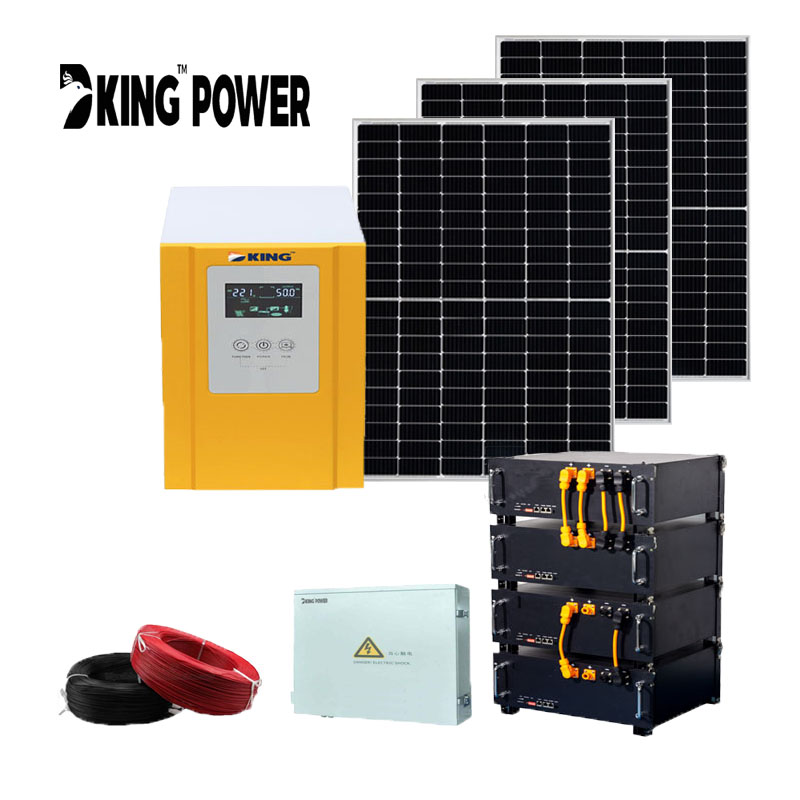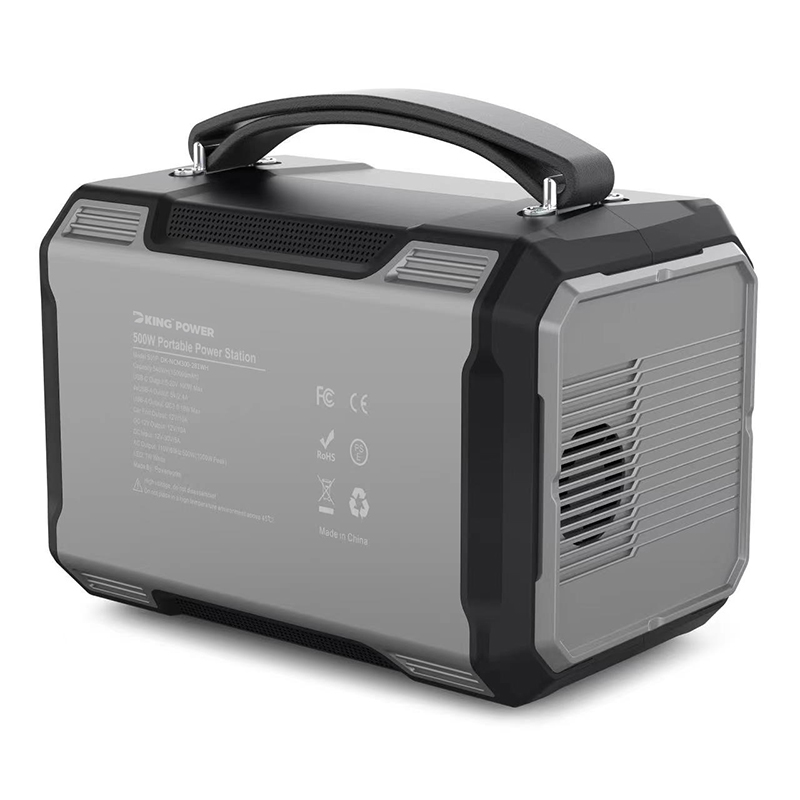BMW iX being tested with prototype Our Next Energy lithium iron phosphate battery
Lithium iron phosphate (LFP) batteries already power the majority of electric vehicles in the Chinese market, but they are just starting to make inroads in North America. They aren’t actuall new, having been invented here, but until recently automakers selling EVs here have eschewed them because car buyers wanted more range than they could reasonably deliver. That’s all in the process of changing and we’ll be seeing a lot more LFP here in the coming years with the performance gap expected to close thanks to companies like Our Next Energy (ONE) and Mitra Chem. Solar Power Inverter

Almost all of the EVs sold in North America use lithium ion batteries with cathodes comprising some variation of nickel-cobalt chemistry. These batteries have offered the best combination of range, power and size, but that comes at a high price. Nickel and cobalt are currently at more than double the price they were in 2021 following major price spikes in the wake of the Russian invasion of Ukraine and increased demand for EVs. Nickel-cobalt chemistries are also somewhat prone to thermal runaway if they are physically damaged or have manufacturing defects which has led to six different recalls in the last three years including the Chevrolet Bolt.
The thermal runaway is caused by the presence of oxygen in the nickel-cobalt mixtures which gets released when the cell suffers an internal short circuit and heats up. Since fires require fuel, oxygen and an ignition source, robbing the fire of any of these will put it out. Smothering a fire with water or foam is designed to starve the fire of oxygen to extinguish it. However, once a fire starts in a nickel-cobalt battery, it produces its own oxygen which is why these fires are so difficult to extinguish.
LFP batteries contain no O2 so while they may vent some gases when shorted, they won’t burn like a nickel battery. That makes them much more safe and durable albeit at the cost of lower energy density. Typically an LFP battery made with a similar architecture to a nickel battery has about 30-40% lower energy density but it can last for thousands of charge cycles and withstand the abuse of faster charging.
Novi, Michigan-based ONE was founded in 2020 by Mujeeb Ijaz, a former executive at Ford, A123 Systems and Apple. ONE’s goal was to make safer, cheaper, more sustainable batteries and they claim to have made significant progress with their latest Aries II battery pack. The original Aries I is already in low volume production and is being used by California-based Motiv Power Systems for its electric commercial vehicles as well as in stationary storage applications.
The Aries II is an upgraded version and Ijaz claims that it is now within 6% of the energy density of the leading nickel-manganese-cobalt battery packs for EVs with 25% lower cost with no nickel or cobalt required. ONE has achieved this in part by using a cell to pack (C2P) architecture that allows significantly more cells to be installed in the same pack enclosure.
Typical modular packs have a box-in-a-box arrangement where cells are installed in a module enclosure which is then installed in the larger pack. These enclosures take up space in the pack and require more connections and wiring that add to cost. In a typical modular pack, only about 30-35% of the volume is actually made up of active cell material that stores energy. The Aries II has all of the cells inserted directly into the enclosure and bonded together with heat sinks and the cooling plate, filling more of the space. The fill ratio of active cell material is over 70%.
The Aries II pack is expected to enable future EVs to deliver up to 350 miles of driving range on a charge. But ONE has already demonstrated the ability to make a Tesla Model S go over 750 miles with its original prototype Gemini battery. The Gemini uses two chemistries, LFP and an anode-free manganese cell. Since most people only use a portion of the range on a daily basis and only occasionally need the maximum range, the Gemini is designed as a range extender.
LFP cells are interleaved with cells using a manganese-based lithium-metal design. These cells have much greater energy density than LFP, but have lower power and cycle life. While LFP cells can be charged upwards of 2,000 times, these anode-free cells can only last a couple of hundred cycles. When the LFP cells are nearing depletion, they can be recharged by anode-free cells to extend the range. Since these cells use no graphite coating on the copper foil current collector, half of the manufacturing cost and associated equipment is eliminated, significantly reducing the overall cost. Ijaz estimates that these cells can get down to $50/kWh and the combined cost can be $75/kWh. The Gemini pack is targeted at applications of 600 miles range.
ONE currently has its first factory under construction in Van Buren, Mich with the first phase ready to start production by the end of 2023. The first phase is a pilot production area that will be able to produce up to 10 MWh of cells per year for validation, early production applications, training of the workforce and supply chain development. Phase II is scheduled for completion by the end of 2024 with a capacity of 2.7 GWh and Phase III the following year bringing full capacity to 20 GWh.
ONE is initially focusing on serving the commercial vehicle and grid storage markets to prove out its products and processes with higher volume vehicle programs targeted at 2026-27. It already has a joint development agreement with BMW and has outfitted an iX with an Aries II battery for testing.
Ford has already committed to using LFP cells in some of its vehicles beginning this year with the standard range Mustang Mach-E followed by the F-150 Lightning in 2024. It has also begun construction of a 40 GWh LFP cell plant in Marshall, Mich. GM however, has been a bit quieter on its LFP plans until now. GM has made a $60 million investment in Mitra Chem, a Mountain View, California-based startup to help it develop next-generation LFP chemistries.
Mitra Chem doesn’t plan to produce cells or batteries but is instead focusing on developing new material combinations including lithium manganese iron phosphate (LMFP). A key part of what Mitra Chem is doing is leveraging machine learning systems to simulate and test thousands of potential chemistries in order to find the most promising solutions.
The goal is to speed up the design and development process to help overtake the competition and find higher performance cells with better durability at a lower cost. Mitra Chem’s R&D facility can simulate and then produce volumes of cathode material from grams to kilograms for testing. Once viable combinations are identified, they will work with GM on scaling to higher volumes for potential vehicle testing.
Cost is a key driving factor in the focus on iron-based chemistries because the reality is that most of the EVs available today are still too expensive for most people to afford. Long term durability and safety are also major concerns.
The addition of manganese to the LFP mix is aimed at improving the cold weather performance of iron-based cells. Like iron and phosphorus, manganese is inexpensive, stable and readily available in most parts of the world.
Gil Golan, GM vice president of Technology Acceleration and Commercialization wouldn’t give a specific time frame for when to expect iron based cells in GM EVs except to say in the middle to second half of the decade.

Solar Power Panels While China took the initiative in commercializing LFP batteries, It’s probable that by the later years of this decade, most automakers will be offering vehicles in North America with iron-based batteries as at least one of the options and with C2P architectures and refined chemistries, they should offer superior performance to today’s nickel batteries at a lower cost.